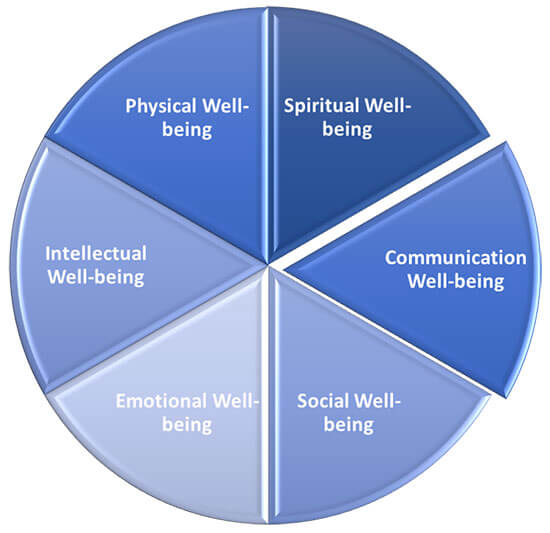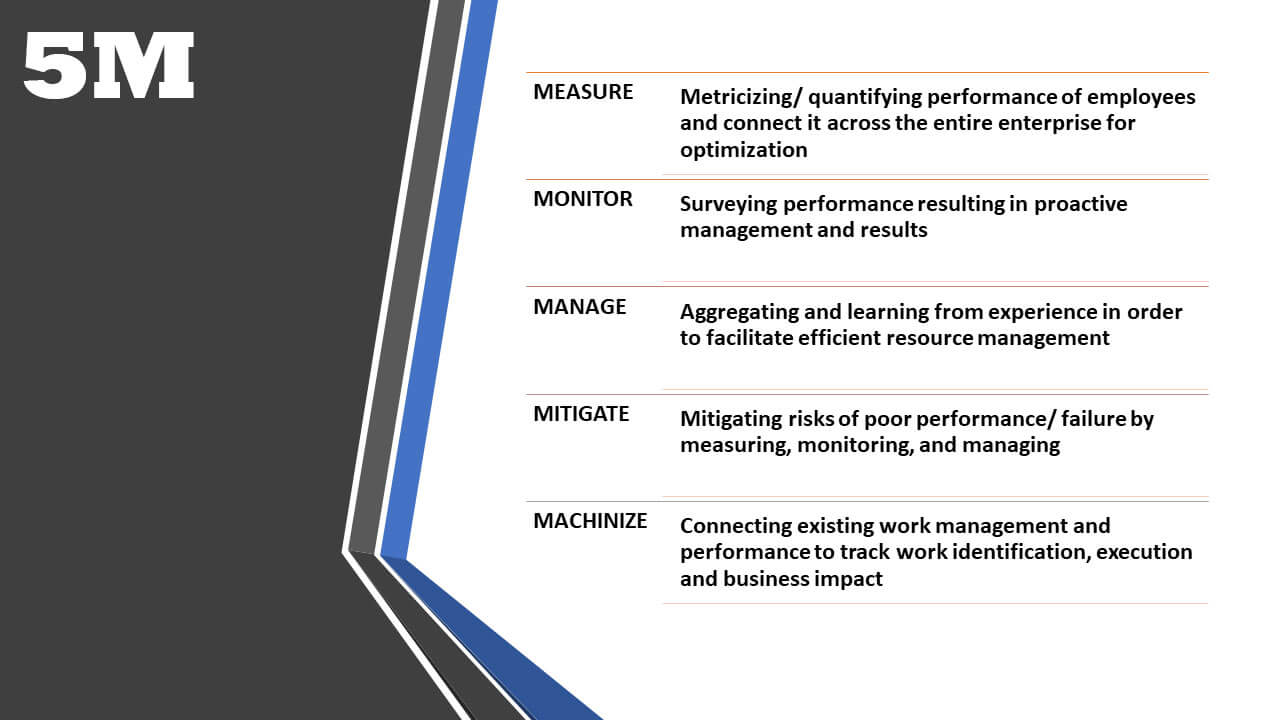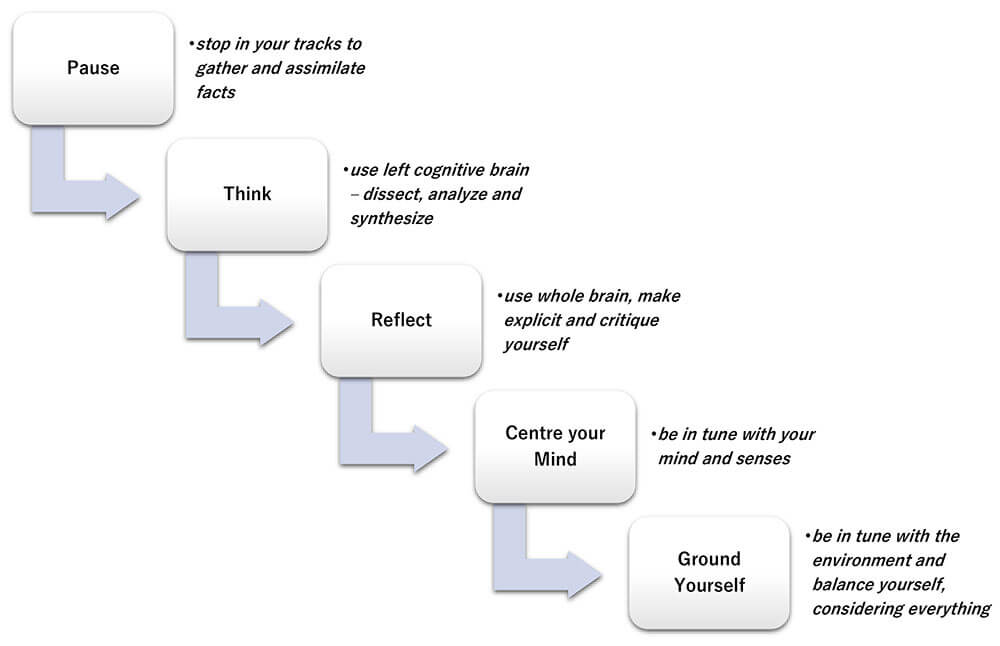
Would you like to start a conversation with other industry leaders to brainstorm a challenge or to just know more on a particular topic?
Engage in online discussions with your Peers
Start NowIt seems that all of us are characters in the story, Alice in Wonderland – an upside-down world characterized by unpredictable occurrences, disruptions and disturbances, seclusion and social distancing, sanitizers and vaccinations. Even organizations are battling multiple challenges. It is probably time to redefine VUCA, as we understood it, and to accept the fact that the “new normal” is now just normal. Clearly, we need to come up with creative ways to encourage a growth mindset and keep our people aligned. As fear and uncertainty have predominantly become a constant feeling, the onus lies with the leaders of today to recalibrate their leadership and coaching strategies.
Being Future Aware for Future Readiness
In the last 18 months, the world of work has changed irreversibly. Covid-19 has accelerated a shift to hybrid work models, which requires a fundamental change in the skills team leaders need to cope and succeed.
A global survey conducted by EAPM (European Association for People Management) in November 2020 highlighted the fact that three-quarters of the executives were working virtually for at least 60% of the time and two-thirds more than 80% of the time. They expected to continue working at least 50% virtually even beyond the pandemic, suggesting a permanent shift in how we work.
The remote work experience has enabled a paradigm shift in leadership styles. As this new work environment evolves, managers and leaders now have to play crucial mobilizing and facilitating roles and will be judged more on their capacities to mobilize their teams to expedite new competencies. Therefore, despite the tough times, the pandemic has given a huge opportunity to people to build their character, develop self-reliance and resilience.
Creating an environment of holistic well-being is an integral part of making people not just productive, but also future ready. This is done using the six levers of well-being, which are the active ingredients for being in control of the shape of work to come. These levers are:
- Physical well-being– by being conscious of the people’s needs and limitations
- Intellectual well-being – by spearheading the cause to unlearn, learn and collaborate
- Emotional well-being – by helping develop a positive outlook and resilience
- Social well-being - by connecting with others, both professionally and personally, and seeking joy in sharing
- Communication well-being – by being lucid, concise and candid
- Spiritual well-being – by encouraging people to connect with the bigger picture
In the last 18 months, the world of work has changed irreversibly. Covid-19 has accelerated a shift to hybrid work models, which requires a fundamental change in the skills team leaders need to cope and succeed.
Every problem comes with an equal or greater opportunity.True to the saying, many people during the lockdown period not only up-scaled their skills but also became physically, mentally and professionally stronger than ever before.
Let us take up each of these levers one-by-one:

Physical well-being
The mindset of business leaders has shifted from managing the employee experience to managing the life experience of their employees. The pandemic has given an increased visibility into the personal lives of their employees, who have faced unprecedented personal and professional struggles over the last year.
Intellectual well-being
As ‘learning’ is becoming the adaptability accelerator, the biggest trend of 2021 is set to be embedding the ability to learn, unlearn and relearn. We have to be mindful of the fact that there is a shift that is starting to happen in the workplace where people will become much more technologically enabled, more technologically supported, and even technologically replaced.
Emotional well-being
While 2020 tested our resilience, forcing the world to change on the fly how it lives and works, 2021 shows the tenuous promise of a suite of preventions and cures, such as vaccines, medication and infrastructure. We now need to quickly decide what kind of post-pandemic world we want to build, for ourselves and for future generations. The preparation of such a world has to begin now – bother emotionally as well as physically.
Social well-being:
While globally, governments have attempted to slow the spread of the disease by promoting "social distancing" guidelines, the World Health Organization (WHO) announced that the term "physical distancing" better captured the essence of the guidelines, such that people should remain physically distant but socially together.
Communication well-being:
Every problem comes with an equal or greater opportunity. True to the saying, many people during the lockdown period not just up-scaled their skills but became physically, mentally and professionally stronger than ever before. People became more respectful of other people’s time and did work consciously on being concise and candid, thereby boosting their personal brands immensely.
Spiritual well-being
Employee engagement has become a critical enabler in the success of an organization. To enable this, it is important to include them in the strategic vision of the organisational initiatives and help them visualize the big picture – the larger purpose and need to first centre their presence so that they can absorb external and internal signals. This may require in-depth conversations on the objectives and goals not just at the organizational level but also at individuals’ level on how and why they are expected to make an impact.
The holistic wellness of any being can then be identified and measured. That is what will help at work, thereby enabling productivity and future readiness. The pandemic has also enabled mankind back from being deficient to being truly fulfilling.
Evolving Genus & Species of Human Functions
Since year 2020, Coronavirus and Zoom calls have marked a generation called ‘zoomers’ or ‘zers’, referring to members of Generation Z - those born in the late 90s and early 2000s. This is not to be confused with the ‘millennials’, who were born between 1981 and 1996, which makes them 24 to 39 years old in 2020; whereas the oldest zoomers will turn 24 this year. This means that the potential hiring pool has changed now as Gen Z is 24 percent of the global workforce this year, according to a recent research by ManpowerGroup. In their childhood, Zoomers experienced 9/11 and the Great Recession, and therefore they are more prone to stability and financial security than the millennials. Typically, they are considered a conventional workforce which is also emotionally equipped to work with a digital workforce. Latest employment trends show zoomers were the hardest hit group by the pandemic, having the steepest drops in employment in the initial stages of the pandemic.
The human species is constantly evolving to adapt or adopt in order to survive. The pandemic has left not much choice for humans but to quickly adapt to the new way of working, whether it is for an individual, an organization, an industry or even a country. The impact has been widespread and it has had a multiplier effect on all. We have moved ahead by maybe 20 years in our digital journey. In addition, the world is becoming more united, as the pandemic has proved to be one of the greatest levellers. There are newly defined ways and hours of working. The methodology and operating models are also undergoing a paradigm shift.
In the current scenario, the pandemic has forced employees around the world to adopt remote work setups. Organizations now have not only the ‘work-from-home’ policy in place but also have embraced a “work-from-anywhere” philosophy. Such events have rapidly gained traction in 2021, and accelerated a location-agnostic mindset across the corporate world. In an economy founded on innovation and change, the ‘boundaryless organizations’ are more flexible and act as enablers for both – innovation and change. Perfect examples here are tech behemoths like Facebook and Twitter who have now announced permanent remote working plans.
The human species is constantly evolving to adapt or adopt in order to survive.The pandemic has left not much choice for humans but to quickly adapt to the new way of working, whether it is for an individual, anorganization, an industry or even a country.
Two most significant observations from the Covid experience for the leaders of today that need to be addressed proactively are – evolving definition of the workforce, which is seamless, and the perceived skills-gap.
- Cultivating a Seamless Workforce – Integrating Zoomers, Millennials and Digital Workforce
In the current fast-paced and VUCA environment, the ‘ideal’ workforce seems to be rather a motely group of operators, working in tandem and in perfect unison. Let us take a case where AI or a machine (a digital worker) has identified an exception in a process. An analyst or a subject matter expert, who may be of an older generation (basically a millennial) with vast experience then evaluates the reason of the identified exception. The task then moves to a young coder, possibly zoomer, who creates a simple solution or an interface that can take care of the exception in the future. The involvement of the complete and diverse workforce including digital, and the right mix of talent, has made the contemporary organization seamless.
Organizations are becoming flattened, linking together traditional functions through inter-functional teams and forming strategic partnerships with suppliers, customers, and competitors.
Leaders must adapt and adopt to manage the ‘seamless workforce’ efficiently.
The mindset must change in terms of old jobs, new jobs and everything in-between.The skill-gap… of the ‘seamless workforce’ must be identified and addressed.
- Perceived Skills-Gap and Potential Competitive Advantage.
Effective leadership in this new world also requires different skills that go beyond traditional team management. The hybrid way of working entails – a virtual coordination mode where managers/ leaders are required for establishing goals, monitoring progress, driving information sharing, and sustaining connections among colleagues working remotely; and a face-to-face collaboration mode, fostering deep learning, innovation, acculturation, and dedication.
Work has been categorized in the two aforesaid modes:
- Tasks that involve working interdependently but without much integration — reporting, performing administrative tasks, making simple decisions, sharing information, drafting documents, and performing financial analyses — can mostly be done virtually.
- Tasks that require team efforts – to achieve breakthrough innovation, solve complex problems, build culture, and manage conflicts – still need to be performed in person to be truly effective.
Scaling-up of digital transformation has also resulted in new jobs, new roles and new skill requirements. New job could also mean sunsetting the older jobs that may have become redundant or may have been taken over by machines. The new technology revolution has given way to a new decade of changing economy. The mindset must also change in terms of old jobs, new jobs and everything in-between. The skill-gap of each component of the ‘seamless workforce’ has to be identified and addressed.
The new skill sets in demand are arising from the need for speed and accuracy, which have become critical today. Accurate decision-making is the need of the hour and errors can be severely punishing. The risks must be well planned; reckless behaviours unacceptable. Fast decision making is a must at the leadership level, at the SME level, at the organizational level, and at the industry level – powered by intelligent predictions, thereby giving a competitive advantage.
The world as we knew it in the pre-covid era, has shifted completely just like shifting sands. For instance, the predictability of all products and services may have to worked upon while maintaining the trust factor. Clearly, transparency is the key enabler and error prevention critical. With AI and ML, errors need to be predicted and solved for at the time of designing, inception or implementation.
The Need of ‘One-Minute Managers’ – Managing Resource Utilization
These expectations from the hybrid workforce and leaders can possibly be fulfilled with the help of the ‘Key for Success’ – the 5 M Strategy to raise human capabilities.

While the mayhem resulting from lockdowns and covid-cases went up, the productivity of people showed a positive impact. From mergers to month-end closures, all happened with perfection. All workforce groups played together to make this possible.
It seems as a ‘reset’ button was pressed almost instantly after the mayhem to bring back the output. But to sustain this change and to move forward with rigour, the manager/ leader must be agile and display accuracy.
Largely the following 7 parameters are the primary areas for a leader or a manager to focus:
…a ‘reset’ button was pressed almost instantly after the mayhem to bring back the output. But to sustain this change and to move forward with rigour, the leader must be agile and display accuracy.
- Adaptive Capacity Index (ACI)
– ability to respond through key social, biological, and physical indicators that allow for targeted yet coordinated responses to occur immediately under changing conditions for the purpose of sustaining desired livelihoods and well-being. - Tech Savviness
- Where millennials are tech savvy and Gen Zs are tech native – likely to respond to any mayhem with solutions nesting in digital ecosystem. - Trust and ethics
– a very crucial factor in making ‘work-from-anywhere’ concept a success. Remote working was built on trust, empowered collaboration, and with value placed in results rather than process compliance. - Innovativeness and creativity
– Managers need to understand that these traits are native to millennials as well zoomers. Remote working gives them the opportunity to explore these avenues better to up their game. - Critical thinking
– analysis of facts to form a judgment; for instance, on the spot performance appraisal. - Ability to mix hobby with work
– work with passion, important for raising human capability. Productivity actually means a mix of positive temperament, enjoyment, competition, etc., for a sustained journey. - Collaboration
– facing situations as a team, a culture that must be invested in by all
Leader as a Lighthouse and a Coach
The journey of a leader in future will be the journey of a guide – a lighthouse – where the employee has the choice to be guided by the leader but continues to steer under his own power. The future leader is a mindful human being and can drive basics. For every individual, to maximise their potential, there is a continuous need for faith and the need to look for possibilities. The blueprint which works unfailingly every time is:

“Who we are – is how we will lead”. Our personal presence, selfless dedication, belief in our teams with an inadvertent ability to listen, is what will really drive the role of a future leader. This journey will gradually evolve with patience and dexterity - when the leader can actually hear what is said and also what is unsaid. There will never be a perfect solution. It will always be situational and contextual. As the context changes, so will the solution.
ABOUT THE AUTHOR

Sudhir Banerjee
Senior Vice President – Head of Global Business Services ABB
Sudhir joined ABB in June 2016 as Head GBS Bangalore. Prior to ABB, Sudhir has worked in establishing shared services for GE and Honeywell from their inception. Known for his passion for People, Customer and Processes, Sudhir has more than 30+years of experience in the field of Global Business Operations, Process re-engineering, Six Sigma, Total Quality Management (TQM), Japanese Manufacturing System JIT in Service, Manufacturing & Consultancy assignments with Eicher Consulting. He has handled large scale interaction process (LSIP) for strategy deployment during study-state as well as enabling merger acquisition scenarios, service blueprinting and customer excellence.




